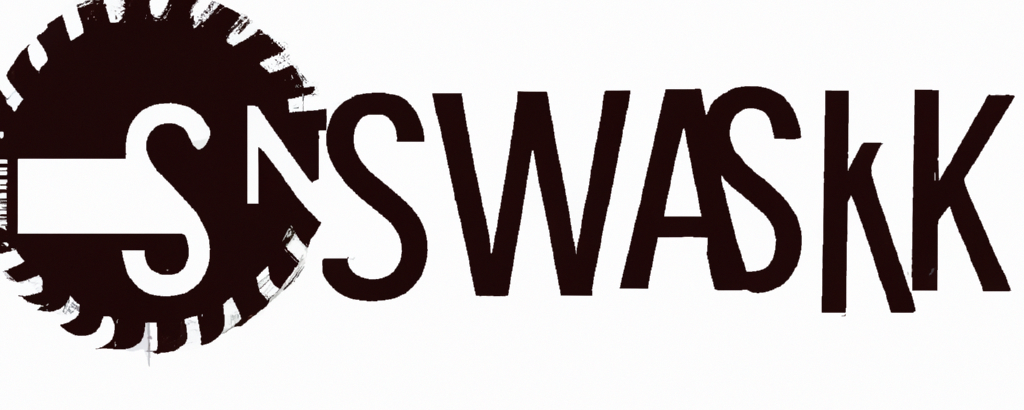Why Are Table Saws So Quiet?

Table saws are known for their quiet operation, but why exactly is this the case? In this article, we delve into the factors that contribute to a table saw’s noise level, the techniques that can be used to reduce this noise, and the importance of personal safety and hearing protection when operating these tools.
Factors Affecting Table Saw Noise
Table saw noise is not just influenced by one singular factor. Instead, it’s a combination of elements, including the type of motor used, the blade’s design and sharpness, and the specific cutting techniques employed. Let’s take a closer look at these factors:
Motor Type:
The type of motor used in a table saw significantly impacts the level of noise produced. Induction motors tend to be quieter compared to universal motors, which can be louder due to their higher RPMs and less sophisticated design.
Blade Design:
The design of the table saw blade can affect noise levels. Blades with anti-vibration slots or dampening features tend to produce less noise compared to basic, non-optimized blades.
Blade Sharpness:
A dull blade can create more noise as it struggles to cut through the material, causing vibrations and an uneven cut. Keeping the blade sharp reduces noise levels and ensures smoother cuts.
Material Being Cut:
Different materials have varying levels of hardness and density, affecting the noise generated during cutting. Harder materials may lead to louder noise due to increased resistance.
Feed Rate:
The speed at which the material is fed into the blade can influence noise levels. Rapid feeding may create more noise compared to a controlled and steady feed rate.
Cutting Depth:
Deeper cuts generally produce more noise as the blade works harder to penetrate the material. Reducing the cutting depth can help lower the noise level.
Table and Fence Stability:
Table saws with stable and robust tables, as well as properly aligned and secure fences, tend to produce less noise because they minimize vibrations.
Blade Alignment:
Misaligned or improperly adjusted blades can create excessive noise and lead to uneven cuts. Ensuring accurate blade alignment reduces noise and improves cutting performance.
Damping Mechanisms:
Some table saw models incorporate noise-damping features or materials to reduce vibrations and overall noise during operation.
Operator Technique:
The way the operator handles the material and engages with the saw can influence noise levels. Proper cutting techniques can help minimize unnecessary noise.
Surrounding Environment:
The acoustic environment in which the table saw operates can also affect perceived noise. A sound-insulated workshop or using hearing protection can help mitigate noise impact.
Techniques to Reduce Table Saw Noise
Several techniques can be used to reduce table saw noise:
Insulating the Base of the Table Saw:
Insulating the base of the table saw with rubber pads can help to absorb vibrations, thereby reducing noise levels.
Quieter Blades for Table Saws:
Using specialized blades designed to be quieter than regular blades can also help to reduce noise during cutting operations.
Adjusting Cutting Techniques:
Slowing down the cutting pace, making multiple passes for thicker wood, and using appropriate feed rates can also help to minimize noise.
Ensuring Personal Safety and Hearing Protection
High noise levels can pose risks to hearing, making personal safety and hearing protection essential considerations. Understanding the potential dangers associated with excessive noise is crucial.
Maximum Noise Levels of Table Saws:
Table saws can reach noise levels of up to 120 decibels, which is very loud. Therefore, it is crucial to take measures to reduce table saw noise.
Importance of Protective Gear:
Wearing protective earmuffs is vital in safeguarding hearing. There are various earmuffs available on the market explicitly designed for hearing protection.
Conclusion
Reducing table saw noise is essential for personal safety, consideration of others, and hearing protection. Woodworkers can enjoy a quieter and safer working environment by understanding the factors affecting noise levels, employing techniques such as insulating the base, using quieter blades, and wearing protective earmuffs. Protecting your hearing should always be a priority when operating loud power tools like table saws.
